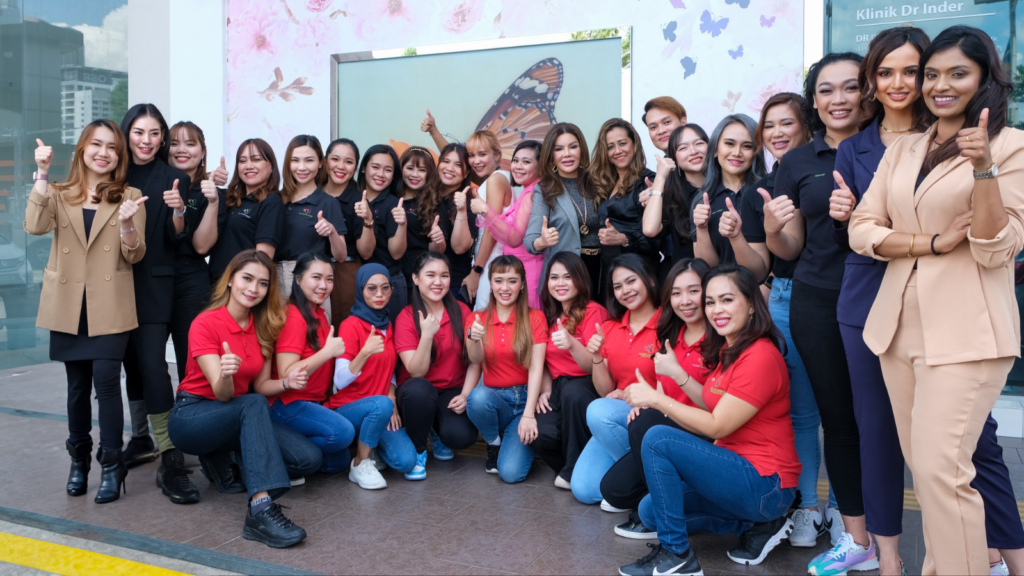
The anti-wrinkle and anti-aging properties of Botox have made it a household name. Its uses, however, extend well beyond mere aesthetics and may really improve people’s quality of life. Botox’s benefits extend far beyond cosmetic surgery, as it has been shown to alleviate a variety of medical conditions. More and more Botox uses are being uncovered as research are finished. Some of the most common places that people use Botox are:
Continual headaches
It has been noted that patients who had Botox injections for wrinkles also saw a reduction in headache frequency and severity. A little more than a decade ago, Botox was licensed for the treatment of persistent migraines after testing on these patients. The effectiveness of Botox for migraines, if any, has been the subject of heated discussion amongst medical professionals. Similarly, Migraine Canada suggests waiting 9 months (3 cycles) before deciding whether or not to continue with Botox treatment. While 90% of those treated reported an immediate improvement, 10% of those with chronic migraines required a third treatment before they felt any relief.
Perspiring too much
In the same way that Botox stops signals from reaching your muscles, it also stops signals from reaching your sweat glands. In turn, the gland won’t secrete moisture if it doesn’t get the signal. Medically confirmed excessive sweating, or hyperhidrosis, can be treated with Botox injections into the underarms or palms. When applied to problem regions, Botox can effectively halt underarm perspiration for up to six months. Those who have tried and failed to get relief from excessive sweating with clinical strength and prescription antiperspirants may find relief with Botox.
Urinary incontinence
Botox can help those who suffer from urine incontinence, urinary urgency, frequent urination, and nocturia (urinary incontinence at night). Botox can be injected into the bladder wall, albeit its effects may not be immediately noticeable. Then, your bladder control would start to become better. Improvements typically persist between three and nine months, at which point patients return for a second round of Botox. Recent studies have shown that between 60 and 90 percent of individuals report a considerable improvement in their symptoms.
Crossed-eyes
Botox can help correct strabismus (crossed eyes), which may come as a surprise to some people. Eye drops are used to numb the eye before the surgery. To temporarily fix crossed eyes, a little dose of Botox is injected directly into the eye using a needle. The effects would be visible in as little as 24 to 28 hours. If the Botox therapy is maintained, the alignment improvement may stay permanently in certain situations.
Constant, excruciating muscle contractions in the neck
Botox relieves severe neck discomfort and spasms by relaxing the injected muscles. Botox, in conjunction with physical therapy, can reduce neck discomfort for three to six months, depending on the disease and the intensity of the pain. Oral medicine is another option for treating neck discomfort and spasms. Botox treatments do not come with the normal adverse effects of these drugs, such as drowsiness, lethargy, or dizziness.







